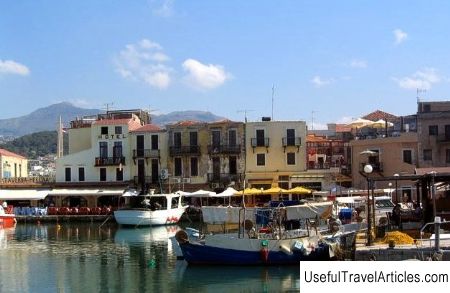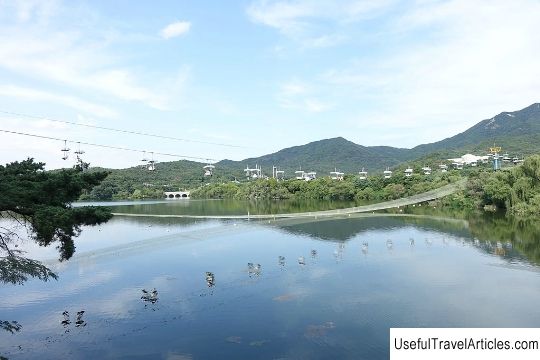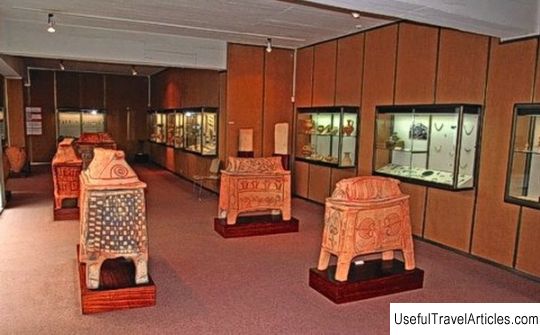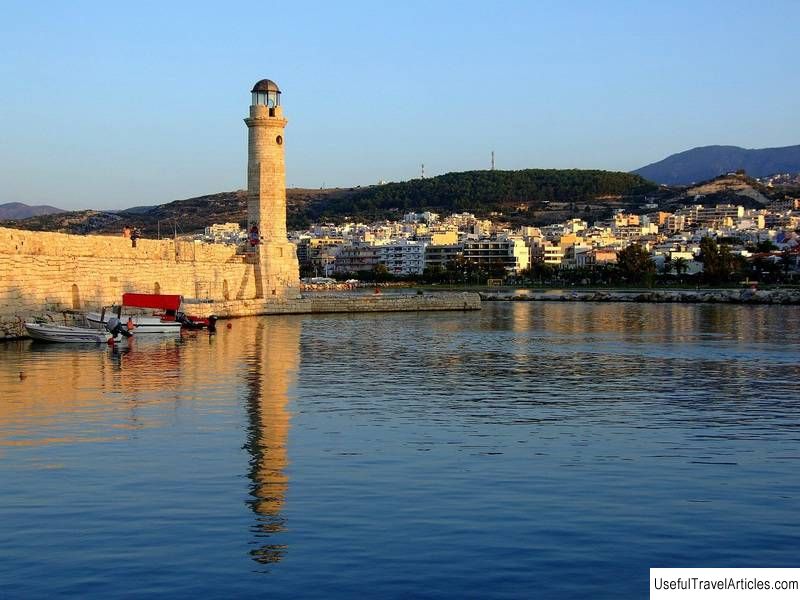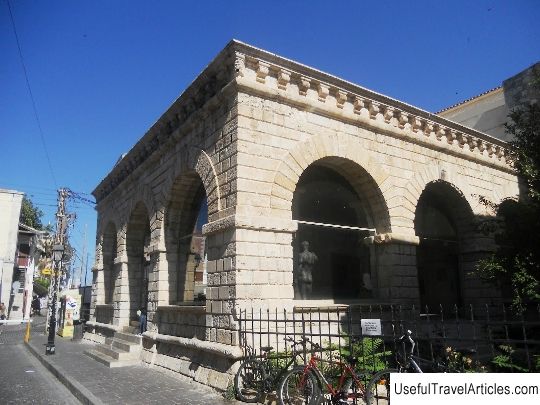Venetian fortress Fortezza (Fortezza of Rethymno) description and photos - Greece: Rethymno (Crete)
Rating: 8,2/10 (2444 votes) 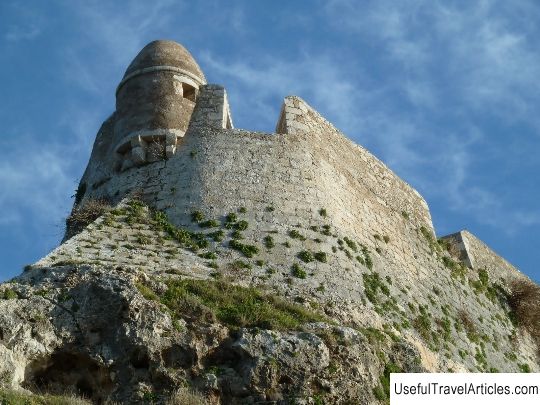
Venetian fortress Fortezza (Fortezza of Rethymno) description and photos - Greece: Rethymno (Crete). Detailed information about the attraction. Description, photographs and a map showing the nearest significant objects. The title in English is Fortezza of Rethymno. Photo and descriptionFortezza is a Venetian fortress in the city of Rethymno, Crete; is located almost in the center of the old town. The huge impressive structure of Fortezza has a long history. Fortezza is visible from every corner of the city, and from the fortress itself there is a stunning view of Rethymno and the west coast. The fortress is located on the Paliokastro hill (Old Castle). There is a version that in ancient times this hill was a small island, but the narrow channel that separated Paliokastro and Crete eventually dried up and the hill became part of a large island. Probably, in the Roman period, an ancient acropolis with the temples of Apollo and Artemis was located here, although reliable evidence of this has not been found. At that time Rethymno was an independent city with its own coinage, but not particularly powerful. In the Byzantine period (10-13 centuries BC) there was a small walled settlement called Castrum Rethimi or Castel Vecchio. Later the Venetians named it Antico Castel (Old Castle). The Venetians, as a maritime state, were going to build a small harbor and use Rethymno as a shelter or an intermediate base between Heraklion and Chania. Over time, the city grew, and it became necessary to build new defensive fortifications. The Turkish threat and the development of artillery after the invention and widespread use of gunpowder in the first half of the 16th century forced Venice to seriously approach the organization of the military defense of Crete. It was decided to build the walls according to the project of the Venetian architect Michele Sanmicheli. The foundation stone was laid on April 8, 1540, but the construction was completed only by 1570. The walls of Rethymno were only a semblance of protection, and, unfortunately, were not strong enough to withstand the attack of the corsairs of Uluji Ali. In 1571, he attacked Rethymno in 40 galleys and completely destroyed the city. This event demonstrated the need for more effective reinforcement. It was decided to build a fortress that could accommodate all the structures of Rethymno. Paliokastro Hill was considered the most suitable site, and work began on the Fortezza fortress. Construction began on September 13, 1573. The walls and public buildings were completed by 1580. After the completion of the work, it became obvious that there was not enough space on the territory of the fortress for private houses and Fortezza was declared a public place that could be used in case of a threat of attack. Most likely, the Venetians planned to build a fortress not to protect local residents, but to use it for their personal needs. Fortezza was the seat of the Venetian garrison and administration. In fact, Fortezza was never a particularly safe structure, as there was no external moat or buttresses (the walls were low without sufficient support) on the land side. Also the harbor of Rethymno was too small for the Venetian galleys. Thus, the fortress served as administrative purposes and as a temporary refuge for local residents who left their homes outside of it. Rethymno surrendered to the Turks in 1646. St. Nicholas Cathedral was rebuilt into the Ibrahim Khan Mosque. On the southern and eastern sides of the fortress, buildings were built for the Turkish garrison and administration. At the turn of the 20th century, there were many residential buildings on the territory of the fortress. After the Second World War, the inhabitants of Rethymnon began to move outside the walls of the fortress. Over time, all dilapidated buildings (mostly of Turkish origin) were destroyed. It took almost 20 years to restore the fortress. Today we see Fortezza almost as it was under the Venetians. This monumental building is the hallmark of the city.               We also recommend reading Troy (Troy) description and photo - Turkey Topic: Venetian fortress Fortezza (Fortezza of Rethymno) description and photos - Greece: Rethymno (Crete). |
